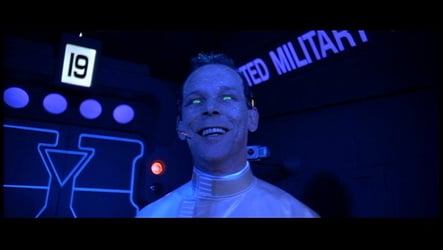

I wish people would realize that terraforming is the only way we’re going to colonize other planets.
Sci-fi showed us landing on Earth-like planets and making a new home. Reality will show us dying in a completely alien biosphere as bacteria and viruses we have zero resistance against ravages our bodies the moment we’re exposed to it. And we’d expose the new biosphere to pathogens it has zero resistance to.
We might be able to adapt by living in a protected environment (i.e. our biosphere) and slowly exposing generations of our descendants to the new biosphere. But many, many of us would die in the process. Not to mention genetic mutations.







There’s growing speculation that 13.767 billions years may be the earliest that the universe can support life, due to events like this. The universe had to expand, a lot, to get to a place where life had a chance to evolve, and not get obliterated by these types of events.
Plus our galaxy may be in a void. A really big one at that:
From: https://skyandtelescope.org/astronomy-news/does-milky-way-live-cosmic-void/
So the fact that our black hole (Sagittarius A*) hasn’t done this, and that we’re far away from other black holes that have done this, just might be why you’re reading this reply.
Let’s toast to our existence in the backwaters of our galaxy and the KBC void! 🥂